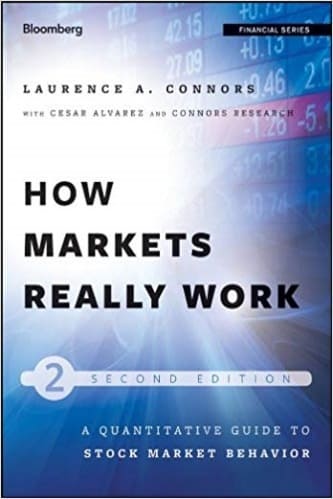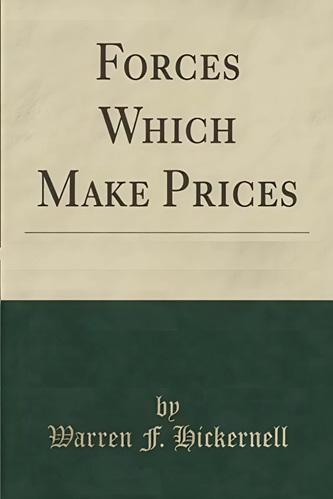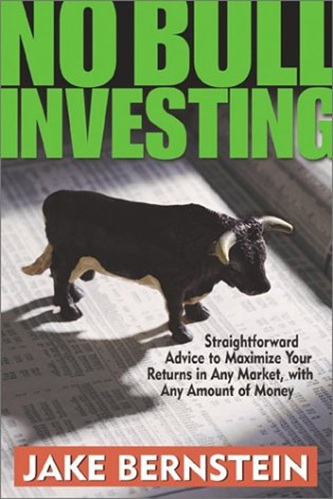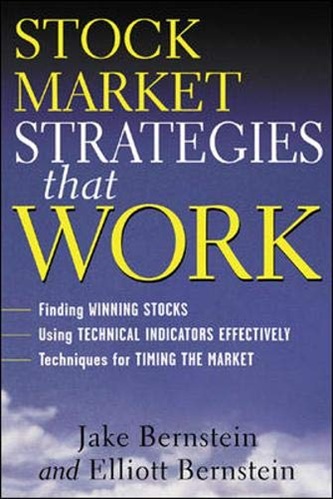How Markets Really Work: Quantitative Guide to Stock Market Behavior
$16.30
| Author(s) | |
|---|---|
| Pages |
173 |
| Format |
|
| Publication Year |
2012 |
How Markets Really Work: A Quantitative Guide to Stock Market Behavior, shows that nothing has changed, that the markets behave the same way today as they have in years past, and that understanding this puts you in a prime position to profit.
Introduction:
There is a wealth of information in this book. And there are many ways you can use this information. One theme that is very, very obvious is that there has been one consistent way that the market has worked over the past 22 years. It is that buying market weakness has been superior to buying strength. And it also is very apparent that selling into strength has been better than selling into weakness. We came to these conclusions after we looked at the market using some of the most popular indicators.
These conclusions were confirmed in many different ways, by comparing multipledays’ highs to multiple-days’ lows; comparing multiple days of the market rising to multiple days of the market declining; comparing multiple days of the market rising higher intraday to declining lower intraday; looking at the days when the market rose strongly to the days it declined sharply; studying days when advancing issues were much stronger than declining issues; looking at the put/call ratio, the two-period Relative Strength Index (RSI), and studying the eff ects of prices when the volatility index is stretched to extremes.
The test results, many using over 5,500 days of trading, all point us in the same direction—it remains smarter, wiser, and more profitable to be buying weakness and selling strength in stocks, than vice versa. There are no assurances that any of these findings will hold up in the future. There is no guarantee of the market ever acting in any one manner. But, if the past history continues to hold, there are edges here for you to consider in your trading and your investing.
Contents:
- Market Edges
- Short-Term Highs and Short-Term Lows
- Higher Highs and Lower Lows
- Up Days in a Row versus Down Days in a Row
- Market Breadth
- Volume
- Large Moves
- New 52-Week Highs, New 52-Week Lows
- Put/Call Ratio
- Volatility Index (VIX)
- The Two-Period RSI Indicator
- Historical Volatility
- Creating a Sample Strategy from This Research
- Applying the Information in This Book
How Markets Really Work: Quantitative Guide to Stock Market Behavior By Laurence A. Connors pdf









